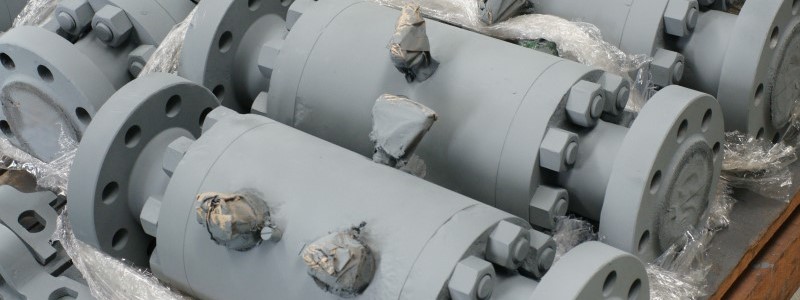‘Do I need primer?’ is a very common question. The answer depends on the materials you are painting, the type of paint and where it will be. The vast majority of our customers do not use a primer, but it really depends on the specifics of the job.
Primers seal, bond, block and/or inhibit. Different primers have different primary functions. Most people are familiar with general purpose wall primer which is mostly used on sheetrock to create a uniform, non-absorbent surface for the paint. The needs of manufacturers, marketers and product designers painting metals, plastics and laminates are a little different than the needs of a homeowner or residential contractor.
The sealing function creates a uniform non-absorbant surface. Bonding promotes adhesion, acting like double-sided tape ensuring the paint sticks well to the surface. Blocking is like sealing, but forms an impermeable layer ensuring that stains don’t bleed through to the top coat and inhibiting primers are typically designed to stop corrosion.
Our
manufacturing customers typically need paint for touch up or short-run OEM applications. Primer is almost never used for touch up solutions. The touch up paint is usually applied by a line worker during fabrication or an installer in the field and needs to adhere well to the surface with little to no prep work. They need a product that will make a scratch disappear quickly. The OEM application depends on the substrate but generally will require a primer to ensure the best possible adhesion.
Customers fabricating signs, displays or exhibits need paint that will stick to metal, plastic, wood, laminates and even glass. Our acrylic enamel spray paint sticks very well to metals and hard plastics like ABS and acrylic, but for
difficult-to-paint plastics like polyolefins, a primer is required to achieve adhesion. We almost always recommend a
primer for an exterior application to ensure a better bond when exposed to the elements. Sign fabricators often backpaint acrylic and glass and require a paint that adheres without a primer.
Users should also consider how long the coating needs to last. Many of our clients are creating temporary exhibits that may only need to last a few days, so they can spend less time and money on the prep as longevity or durability isn’t a goal.
Industrial designers and product developers develop appearance models and prototypes often don't use primer. The acrylic enamel spray paint often provides enough adhesion and hide to meet their needs.
If there is any doubt, do some testing on scrap before starting. You can gauge whether or not you will need a primer and any other required preparations, and once you figure out the optimal solution you can begin coating the project.


